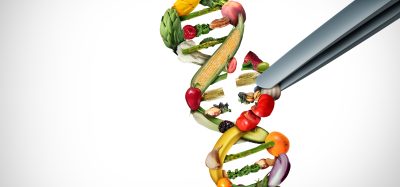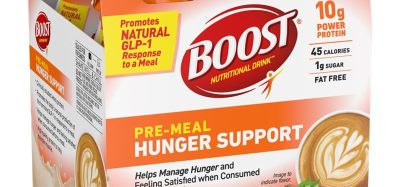Researchers develop tool to support access to nutrition programmes
- Like
- Digg
- Del
- Tumblr
- VKontakte
- Buffer
- Love This
- Odnoklassniki
- Meneame
- Blogger
- Amazon
- Yahoo Mail
- Gmail
- AOL
- Newsvine
- HackerNews
- Evernote
- MySpace
- Mail.ru
- Viadeo
- Line
- Comments
- Yummly
- SMS
- Viber
- Telegram
- Subscribe
- Skype
- Facebook Messenger
- Kakao
- LiveJournal
- Yammer
- Edgar
- Fintel
- Mix
- Instapaper
- Copy Link
Posted: 3 June 2024 | Grace Galler | No comments yet
Researchers from CHOP have developed a new screening tool they claim will be able to assist families in accessing federal nutrition programmes.


A team of researchers from The Possibilities Project and Clinical Futures at Children’s Hospital of Philadelphia (CHOP) have unveiled a new screening tool that they claim will be able to assist families in accessing federal nutrition programmes.
The novel “easy-to-use” screening tool has reportedly been implemented and “successfully tested” to improve access to healthy resources for families eligible for federally funded food benefits.
Published in the journal Annals of Family Medicine, the research outlined that currently there are “many low-income families” that rely on the federally funded Special Supplemental Nutrition Program for Women, Infants, and Children (WIC) and the Supplemental Nutrition Assistance Program (SNAP) for nutritional support. In fact, both programmes have been linked to “improved health outcomes and decreased health care costs”.
However the researchers behind the study noted that many eligible families do not receive these programme benefits due to the “complex application and enrolment process”.
Commenting on the research findings, George Dalembert, MD, Associate Director of the Center for Health Equity at CHOP and co-author of the study, said: “Prior studies at CHOP show that 50 percent of people who are eligible for services like WIC might not actually be taking advantage of them.
The Possibilities Project carried out by CHOP aims to design innovative strategies and implement new ideas to better serve patients. To carry out the study, researchers designed and tested a standardised process for linking families to WIC and SNAP during pediatric primary care visits.
The screener was created using a tablet-based questionnaire questioning eligible families whether they were interested in help applying for WIC or SNAP or desired information about local food banks. Within a week, caregivers who requested help applying for WIC or SNAP received a phone call within offering targeted assistance with benefits enrollment. In addition to this, information was also printed out during the office visit and was accessible to their child’s patient portal.
Social groups can influence individuals’ food choices, says new research
The first month of the pilot was carried out in November 2022. During this time 433 families completed the screener (74 percent in person, 26 percent via patient portal), and 73 (17 percent) requested nutrition resources, including 17 who requested information about local food banks, and 56 families who requested benefits application support.
Out of the 56 families, a total of 25 (45 percent) were reached by telephone and 21 (38 percent) were successfully connected to WIC and/or SNAP or given the information they requested. However, the researchers highlighted that 55 percent of families could not be reached as they either had incorrect contact information listed in the electronic health record (12 percent) or did not respond to telephone calls from our resource navigator (43 percent).
“The approach we developed may be one important way to normalize social needs assessment and provide families with additional nutrition support,” explained Aditi Vasan, MD, lead author of the study and an attending physician with the Division of General Pediatrics at CHOP.
“To ensure all families in need are able to receive appropriate support, clinics should consider priming caregivers to expect follow-up from a resource navigator, as well as asking about preferred contact method and incorporating additional outreach approaches like text messaging,” concluded Vasan.









